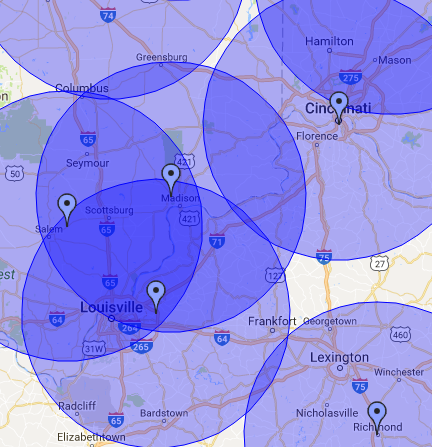In Brief:
- “Near Me” searches are very popular and those using them tend to visit/buy very often.
- There are different search algorithms running for location ranking.
- Reviews, ratings and proximity are factors impacting rank.
Successfully Driving Location-Specific Searchers to Your Business when “Near Me” searches are conducted.
Many businesses have significant inconsistencies and missing elements in Local Business Listings that impacts their position in search results.
Local SEO is the process of connecting your business to the community of searchers nearby in a cost-effective manner. This is done by establishing locale, targeting, and relevance of your site/offer to the community in the eyes of the search engines or platforms. Audience definition, targeting and sales funnels are all constructed to convert a maximum amount of local traffic into local revenue.
Classic SEO concepts hold up here, but with a local twist. Instead of simply building content, you need to build locally relevant content. And instead of just building links, you need local citations. These local ranking signals are just as complex as other SEO signals while also being geographically dependent. The personalization of search results per-searcher means that search engines will be looking at a searcher’s location and Providing them with relevant results.
Some of the most important local SEO signals are driven by LBLs. These categorized listings in a community collectively inform search engines of your site’s “geographic base.”
Consistency and accuracy of these listings is essential in ranking your site in a given area. Other signals come from Place pages – such as those created for your business in Google MyBusiness, Bing Local. This is a confusing landscape that is slowly being tamed.
Reviews and ratings also influence rank, often thanks to changes in click-through rate for well-rated businesses. It pays for a business to obtain honest, happy customer reviews for their business. These ratings and reviews display in more places than ever.

Social networks offer psychographic targeting of customers within a locale. This means that you can target demographics or target by interest within your local area. This traffic can be shown ads or content that encourage them to click into your sales process. Social networks operate quite differently than pay-per-click search networks, and special care is needed in audience definition. Targeting can be improved over time.